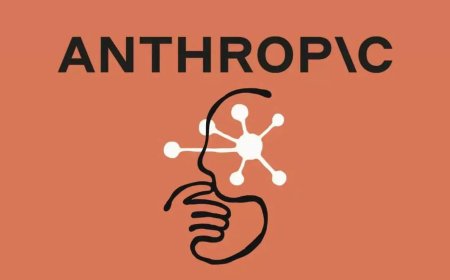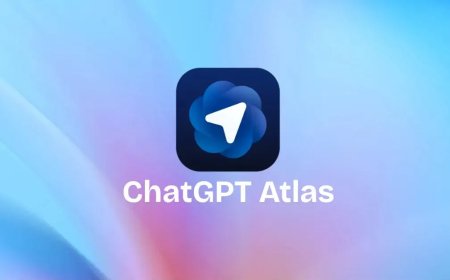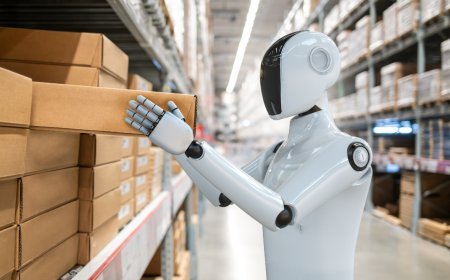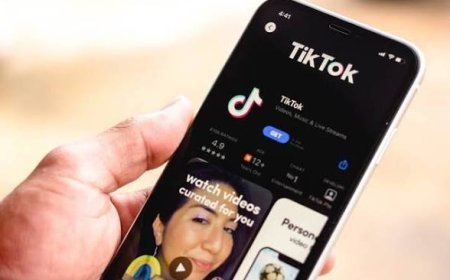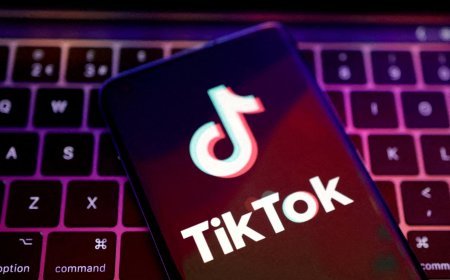Meet the AI Stuffed Animals Taking Over Playtime!

As technology continues to evolve, it brings with it an array of innovative solutions designed to engage and entertain the younger generation. One of the latest trends making waves in the realm of children's entertainment is the emergence of AI chatbots nestled within adorable plush toys. These cuddly companions aim to provide a screen-free alternative to traditional digital interactions. But the pressing question remains: do they truly offer a viable substitute for screen time, or are they just another gimmick in the increasingly crowded marketplace of children's products?
In recent years, the rise of screen time among children has sparked significant concern among parents, educators, and child development experts. According to the American Academy of Pediatrics, children aged 2 to 5 should be limited to one hour of high-quality programming per day, while kids under two should avoid screen time altogether. Despite these guidelines, the reality is stark; children are spending more time than ever glued to screens, leading to debates over the impact on cognitive development, social skills, and physical health.
In response to these concerns, several companies have ventured into creating plush toys infused with artificial intelligence. These toys, often featuring friendly faces and inviting textures, are designed to engage children in conversation, storytelling, and even educational games—all without the need for a smartphone or tablet. Brands like Cozy, Smart Plush, and Woobo have entered the fray, each promising a unique experience that merges the tactile pleasure of a plush toy with the intellectual stimulation of AI.
On the surface, the concept is appealing. Imagine a child snuggled up with a plush companion that not only provides comfort but also serves as a source of entertainment and learning. These AI chatbots can reportedly answer questions, tell stories, and play games, all while adapting to the child's individual personality and preferences. Such features could encourage creativity and critical thinking, which are vital components of childhood development.
However, the effectiveness of these AI-infused toys as a genuine alternative to screen time is still up for debate. Critically, these products do not completely eliminate screen exposure. Parents often need to sync them with smartphones or tablets to access certain features, which can inadvertently lead to additional screen time. This raises a fundamental question: are these plushies truly screen-free, or are they simply another form of digital distraction masquerading as a tangible toy?
Moreover, the interactive capabilities of these chatbots vary widely depending on the technology they employ. While some toys are equipped with advanced machine learning algorithms that allow for nuanced conversations, others may rely on pre-programmed responses that quickly become repetitive. A child's engagement with the toy may diminish if they find interactions predictable or unchallenging. In essence, while these plush toys can offer a novel experience, their long-term appeal hinges on their ability to remain engaging and educational.
Interestingly, child development experts have expressed mixed feelings about the merits of these AI chatbots. On the one hand, they acknowledge the potential benefits of fostering communication skills and imaginative play. On the other, they caution against over-reliance on technology for social interaction, arguing that human connection is irreplaceable. According to Dr. David Hill, a pediatrician and member of the American Academy of Pediatrics, "While technology can be a tool for learning and engagement, it should not replace face-to-face interactions with peers and caregivers." This sentiment underscores the importance of balance in children's play and learning environments.
Further complicating the conversation is the concern over data privacy and security. As these plush toys often require an internet connection to function optimally, parents must consider the implications of their child's data being collected, stored, or potentially misused. Companies must be transparent about how they handle user data and implement robust security measures to protect the privacy of young users. Without stringent safeguards in place, the very idea of a nurturing, educational plush toy could morph into a source of anxiety for parents worried about digital threats.
Despite these challenges, the market for AI chatbots within plush toys is expanding. Companies are investing heavily in research and development to enhance the technology and create more engaging experiences for children. Some brands are even collaborating with child development experts to ensure that their products align with educational best practices and promote healthy developmental milestones.
As the trend continues to gain traction, it is essential for parents to remain discerning consumers. Educating themselves about the capabilities and limitations of these toys is crucial. They should consider how these plush companions fit into their family's broader approach to technology and screen time. For some families, these AI-enhanced plush toys may serve as a valuable tool for promoting imaginative play and learning. For others, they may simply add another layer of complexity to the already fraught conversation about screen time.
In conclusion, while AI chatbots integrated into plush toys present an enticing alternative to screens, whether they serve as a feasible substitute remains uncertain. As families navigate the landscape of modern children's entertainment, a balanced approach that encourages healthy interactions—with both technology and real-world connections—will be crucial. Ultimately, the effectiveness of these plush companions will depend not only on their technology but also on the context in which they are used. For now, they remain an intriguing intersection of childhood nostalgia and cutting-edge tech—one that deserves careful consideration from parents weighing the benefits and drawbacks of screen-free play.
What's Your Reaction?
 Like
0
Like
0
 Dislike
0
Dislike
0
 Love
0
Love
0
 Funny
0
Funny
0
 Angry
0
Angry
0
 Sad
0
Sad
0
 Wow
0
Wow
0




